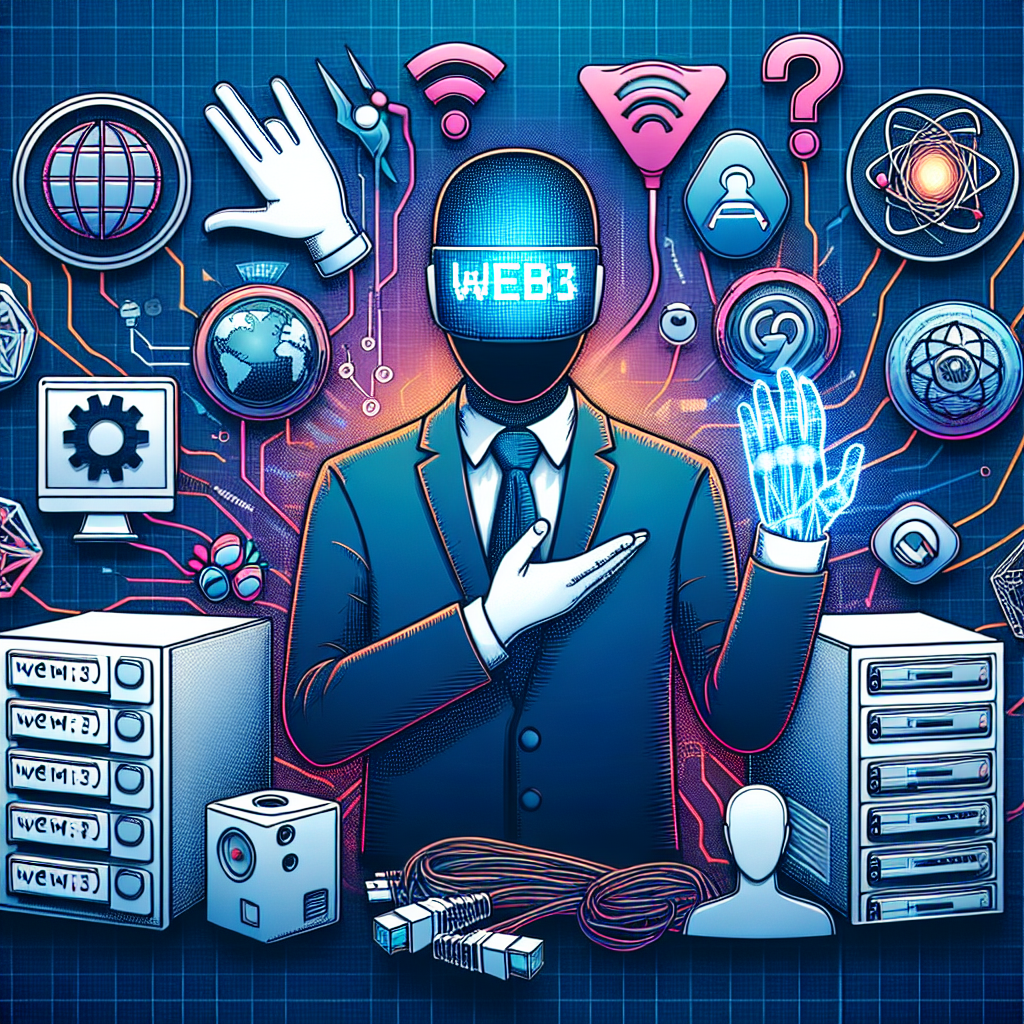Web3 is a rapidly evolving industry, with new protocols emerging and developer trends shifting constantly. To stay ahead in this fast-paced environment, it’s not just about technical expertise but also about understanding where the space is headed.
Yurii Kovalchuk, a Web3 Engineer at Forte Group and blockchain development lecturer at Set University, has been at the forefront of these industry shifts. With over nine years of experience in IT, ranging from Java back-end development to leading teams in Web3 startups, Yurii offers a unique perspective on how the industry has changed and where it’s heading next.
In a recent interview, Yurii shared insights on the evolving Web3 labor market and the key skills in demand today. He highlighted the high demand for Rust developers, the need for Web3 engineers with an understanding of AI, the importance of security researchers, and the growing roles of developer relations, marketers with an aggressive style, and community managers in the industry.
When comparing technologies like Solana and Ethereum, Yurii noted that Solana currently has an advantage in terms of throughput and low fees, while Ethereum is focused on building a more decentralized and trusted infrastructure. However, with future updates, Ethereum aims to catch up with Solana in terms of transaction speed and cost.
Yurii also emphasized the importance of proper security practices in Web3, pointing out that one common mistake developers make is not managing private keys properly. He highlighted the need for secure storage of sensitive information to prevent hacks and asset theft.
Regarding the rebranding of Web3, Yurii suggested that while the term itself doesn’t need rebranding, there is a need to clarify the concepts of crypto, blockchain, and Web3 to the mass audience. By educating people on the differences between these terms, the industry can shape a more accurate perception of Web3.
Yurii also discussed the upcoming Pectra hard fork in Ethereum, which will bring significant changes to the platform, including improvements in user experience, validator work, and increased throughput for rollup solutions.
In terms of market trends, Yurii highlighted the potential for deeper modularity in DeFi protocols and the integration of custom mechanics into liquidity as the next big trend in the industry. He also touched on the ease of creating memecoins and the importance of educating users to distinguish between quality projects and those with little utility.
Overall, Yurii’s insights shed light on the current state of the Web3 industry and the opportunities and challenges that lie ahead. As the industry continues to evolve, staying informed and adapting to new trends will be crucial for success in this dynamic space.

